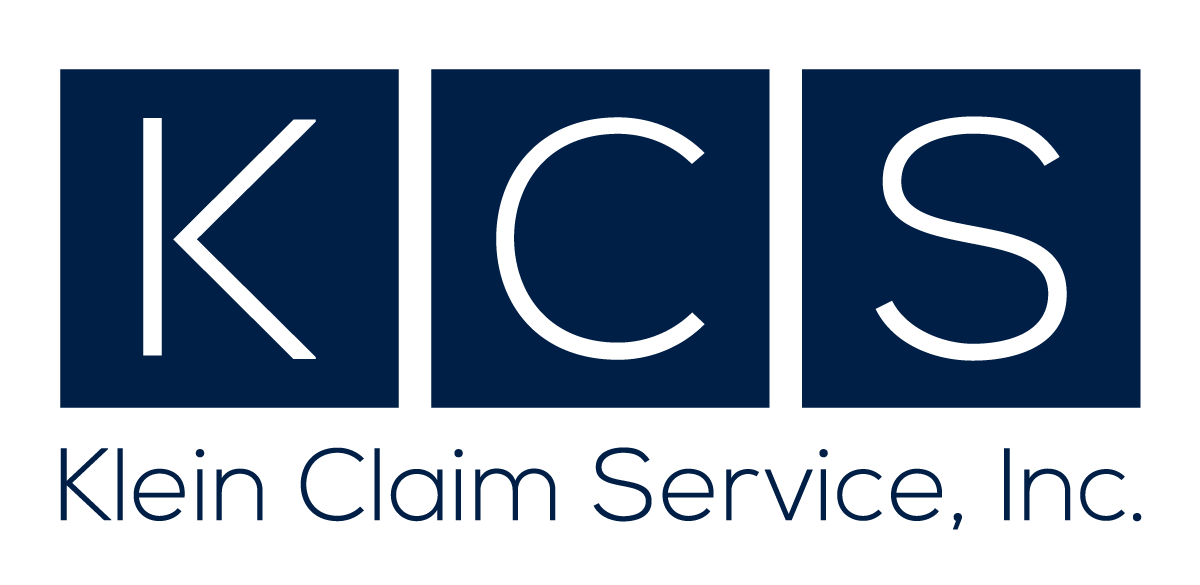Homeowners insurance is a critical aspect of owning a property. It provides financial protection against damages to your home, personal belongings, and potential liability for accidents that may occur on your property. However, understanding the intricacies of homeowners insurance can be challenging. One crucial concept to grasp is the 80% rule in homeowners insurance. This blog post will delve into this rule and provide homeowner policy review tips to ensure you’re adequately covered.
What is the 80% Rule in Homeowners Insurance?
The 80% rule in homeowners insurance refers to a stipulation that requires homeowners to have at least 80% of their home’s replacement cost covered by their insurance policy. The replacement cost is the total amount it would take to rebuild your home from scratch at current market prices, excluding land value.
For example, if your home’s replacement cost is $300,000, according to the 80% rule, you should have at least $240,000 (which is 80% of $300,000) worth of coverage on your policy. If you fail to meet this threshold and experience a loss, you could face a co-insurance penalty and end up paying more out-of-pocket for repairs or replacements.
Understanding Co-Insurance Penalties
A co-insurance penalty comes into play when you’re underinsured at the time of a loss. If your coverage falls below 80% of your home’s replacement cost, your insurer may reduce the amount they pay on a claim.
For instance, if your home’s replacement cost is $300,000 and you only have $200,000 worth of coverage (instead of the recommended $240,000), you’re underinsured by 20%. If you file a claim for damages costing $50,000, instead of receiving full compensation minus your deductible, your insurer may only pay 80% of the claim amount, leaving you to cover the remaining 20%.
Homeowner Policy Review Tips
1. Regularly Review Your Policy
To avoid co-insurance penalties and ensure you’re adequately covered, it’s essential to regularly review your homeowner’s insurance policy. Market conditions and home values can fluctuate over time, affecting your home’s replacement cost. Conducting an annual review allows you to adjust your coverage accordingly.
2. Consider Home Improvements
If you’ve made significant improvements to your home, such as a kitchen remodel or adding a new room, these changes can increase your home’s replacement cost. Ensure these upgrades are reflected in your policy to maintain at least 80% coverage.
3. Work with a Professional Appraiser
A professional appraiser can provide an accurate assessment of your home’s replacement cost. This service can be particularly useful if you’ve made substantial improvements or if property values have significantly increased in your area.
4. Understand Your Policy
Take time to understand the terms and conditions of your policy fully. Know what is covered and what isn’t, and ask questions if anything is unclear. Understanding your policy will help you make informed decisions about the level of coverage you need.
Conclusion: The Importance of Adequate Coverage
The 80% rule in homeowners insurance underscores the importance of having adequate coverage for your property. Falling short can lead to costly out-of-pocket expenses in the event of a loss due to underinsurance penalties.
Regularly reviewing your homeowner’s insurance policy ensures that it keeps pace with any changes in market conditions or improvements made to your property. By doing so, you’ll have peace of mind knowing that should disaster strike, you’re adequately protected financially.
Remember, homeowners insurance isn’t just about complying with mortgage requirements; it’s about safeguarding one of life’s most significant investments—your home.

